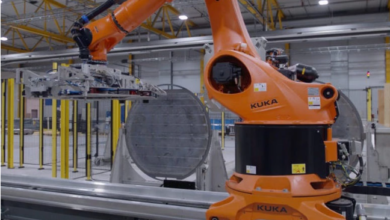BlueScope aims carbon neutrality by 2050
BlueScope plans to use hydrogen as one of the tools to decarbonise the steelmaking process.

BlueScope, an Australian steel producer, plans to achieve its goal of net-zero greenhouse gas emissions by 2050, covering operational scope 1 and 2 GHG emissions across its global operations.
To achieve its carbon neutrality goal, the steelmaker will depend on several key factors such as pursuing emerging and breakthrough technologies, the availability of affordable and reliable renewable energy and hydrogen, the availability of quality raw materials and appropriate public policy settings.
It is exploring options for the future configuration of the Port Kembla Steelworks once Blast Furnace No.5 comes to the end of its current operating campaign between 2026 and 2030. The initial focus will be to reline the currently mothballed No.6 Blast Furnace. The project would require around AU$ 700-800 million likely to be spent between 2023 and 2025. It is conducting a pre-feasibility work that aligns with its climate strategy and technology pathway.
The steelmaker is considering a diverse portfolio of projects, including optimising raw material mixes, capturing and reusing waste heat and gases, and replacing the coal with alternative reductants such as biomass or hydrogen-containing gas such as coke ovens gas.
The company would allocate up to $150 million over the next five years on near-term action on climate change to finance the plan for optimising current operating assets and prepare the company for emerging and breakthrough technologies. It seeks government co-funding for a pilot hydrogen electrolyser project to trial hydrogen injection in the blast furnace.
BlueScope plans to release its Climate Action Report next month, which would detail its decarbonisation pathway and a capital planning process.
Mr Vassella, MD and CEO of BlueScope, “We are serious about playing our role in meeting the decarbonisation challenge.”
